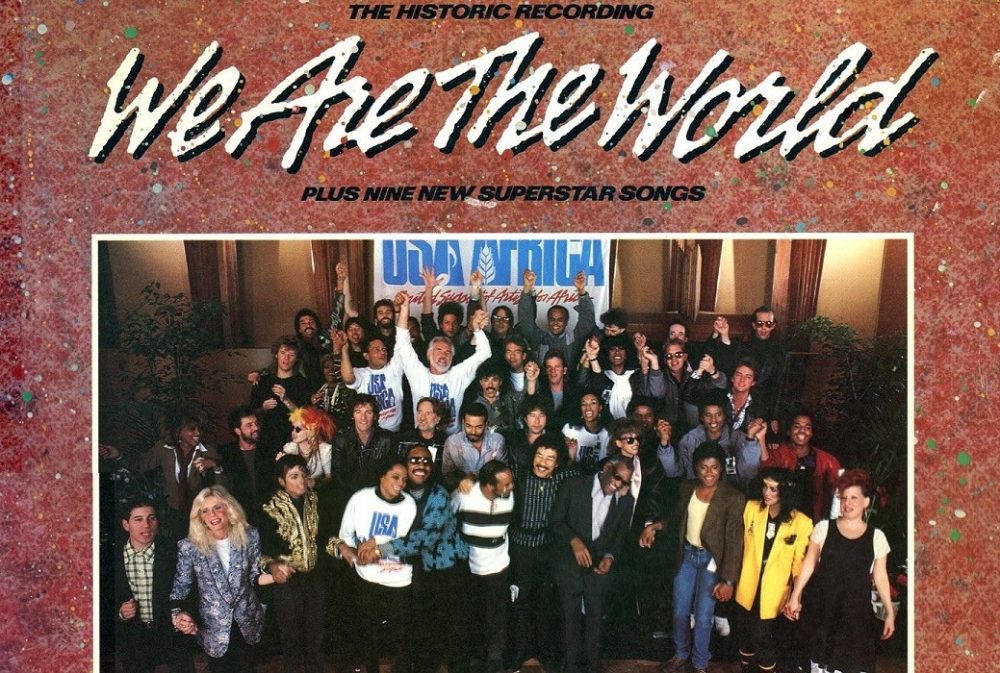Today, I participated in the Poor People’s Campaign, a national 40-day movement that is occurring in 36 state capitals all around the United States. Though smaller than most, the Albany one that I attended was still quite captivating, and also garnered a relative amount of attention from passerby’s and the media. While marching, I was struck by the signs that we were carrying, things like ‘water pollution is violence’ and ‘lack of sufficient health care is violent.’ Though not as simple as “truth” and “justice” like the examples given by Walzer, topics like clean water, poverty and health care are universal topics that worked to unite hundreds today in Albany, and thousands all around the nation. Not only did the campaign use the term ‘violence’ strategically to denote that the government/systemic policies are enacting violence onto people who are subjected to such oppression, they also framed these issues on a highly ‘moral’ platform. For instance one of the signs stated, “Systemic Poverty is Immoral.” By centering their mission on morality, those who are outside of this frame are therefore immoral, and position as being in the wrong. Even if the countries are not centered on continuing the struggle first started by Martin Luther King Jr 50 years ago, these conversations are not only happening nationally but also internationally as people all around the world (Puerto Rico and Gaza for instance) fight for basic human rights. In the United States, the marches used simple phrases to create an easy and fast sense of unity. The domestic campaigns themselves did not stay in the minimalist realm but also transcended to the maximalist platform through its list of demands. In that sense, the universal than became the particular, embedded specifically in the history of the United States that is so entrenched in American imperialism, capitalism and racism.
Introduction to Comparative Politics: Nationalism, Ideology, and State Power
Professor Shervin Malekzadeh
